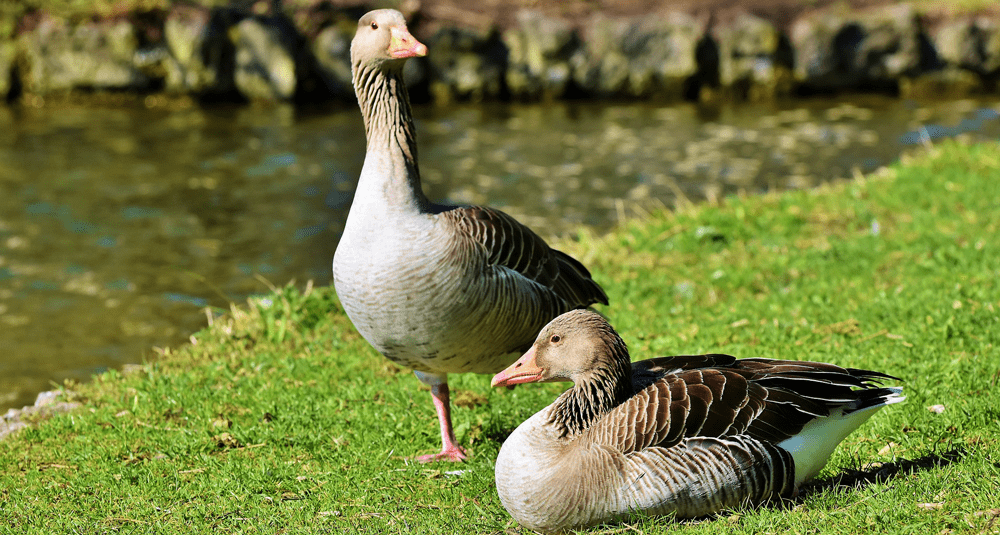What’s the male goose?
Last Updated:
In the avian world, each species has specific names to differentiate the male, female and young. In the domestic goose, the male is called a gander, the female a goose and the young a gosling.
In French, the term jars is used to refer specifically to the male of the domestic goose. This distinction is important, because in many bird species, names differ according to sex. In ducks, for example, the male is called a duck and the female a duckling. For wild geese, on the other hand, the term gander is less widely used, and both sexes are generally called geese, although the term can be used to differentiate them.
Ganders can be distinguished from females by several physical and behavioral characteristics:
- Size and weight: Ganders are generally larger and heavier than females. Depending on the breed, their weight can vary from 5 to 12 kg ;
- Behavior: Ganders are often more territorial and protective, especially during the breeding season. They vigorously defend their territory and offspring against intruders ;
- Vocalisations: The call of the gander is generally louder and deeper than that of the female. Geese, including ganders, can cackle, croak, whistle or chatter.
When it comes to reproduction, the gander plays an active role in pair formation and nest protection. Geese are often monogamous and form long-term pairs. The gander helps defend the territory and watches over the female during the egg-laying and incubation periods. After hatching, he protects the goslings and guides them with the female to feeding areas.
It’s important to note that the term gander is mainly used for domestic geese. Domestic geese are mainly descended from the Greylag goose (Anser anser) in Europe and the Swan goose (Anser cygnoides) in Asia. These species were domesticated for their meat, eggs, feathers and, in some cases, to guard or weed crops.
For wild geese, although the term gander can be used to designate the male, it is less common in popular parlance. Wild geese are known for their impressive migrations and gregarious behavior.
In addition to gander for the male and gosling for the young, other terms are associated with geese:
- Call: Geese cackle, squawk, whistle or chatter, depending on the situation and the species;
- Group: A group of geese is often called a flock.
The male of the domestic goose is called a gander, a specific term used to distinguish the sexes within this species. This distinction is essential for breeders and bird lovers alike, as it facilitates communication and flock management. Understanding these terminologies enriches our knowledge of the French language and the diversity of the animal kingdom.
You may also be interested in
nature

What's the male goose?
Answer
The male goose is called a gander. This name applies mainly to domestic geese, while the term goose generally refers to the female.